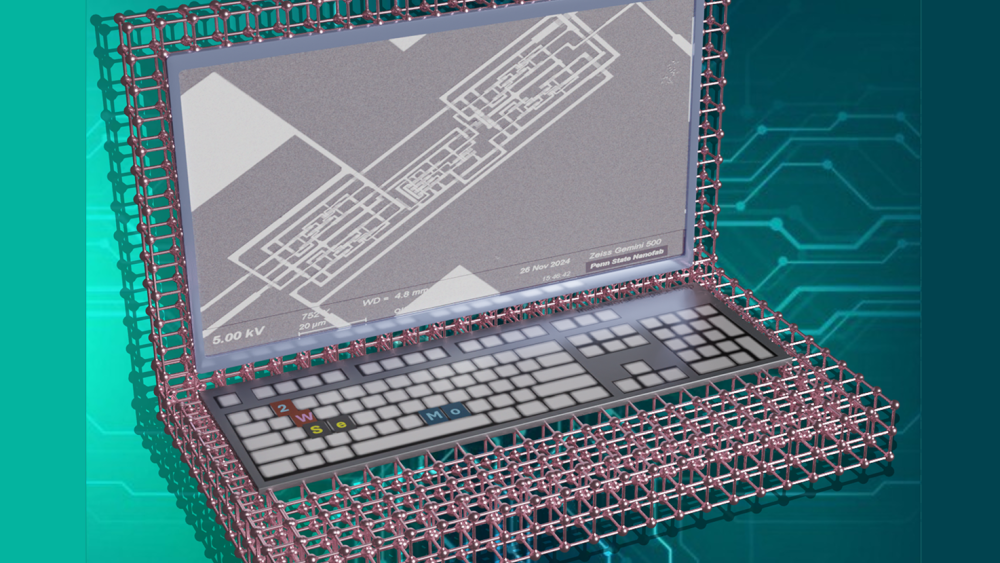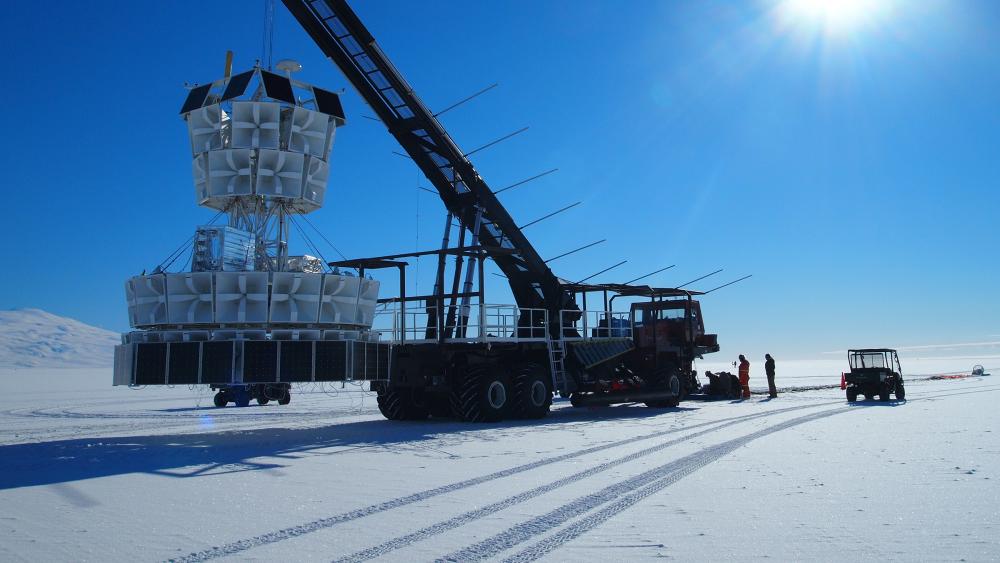Wireless Eavesdropping: Your Phone's Vibrations Could Be Giving Away Your Conversations

Researchers at Penn State University have discovered a new form of eavesdropping, "wireless tapping," which uses the tiny vibrations produced by a cellphone's earpiece to remotely decipher conversations. Using a millimeter-wave radar sensor and AI-powered speech recognition, they achieved partial transcriptions of conversations from up to three meters away, with around 60% accuracy. This research highlights future privacy risks and warns of potential threats. While currently limited in accuracy, the rapid advancement of AI could lead to its future use in malicious eavesdropping, posing significant privacy concerns.
Read more




